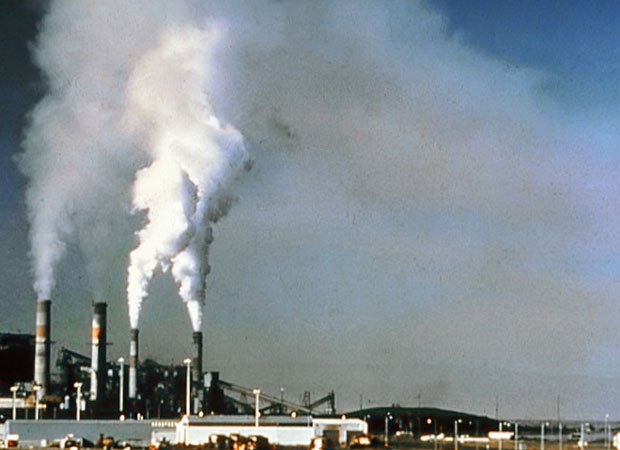
According to a new report produced annually by the Netherlands Environment Assessment Agency and the European Commission’s Joint Research Centre, global emissions of carbon dioxide may be showing the first signs of a “permanent slowdown” in the rate of increase.
According to the report, emissions in 2012 increased at less than half the average over the past decade.
Key factors included the shift to shale gas for energy in the US while China increased its use of hydropower by 23%.
However, the use of cheap coal continues to be an issue, with UK consumption up by almost a quarter.
The report finds that emissions of carbon dioxide reached a new record in 2012 of 34.5 billion tonnes.
But the rate of increase in CO2 was 1.4%, despite the global economy growing by 3.5%.

This decoupling of emissions from economic growth is said to be down to the use of less fossil fuels, more renewable energy and increased energy savings.
The main emitters, accounting for 55% of the global total, were China, the US and the EU. All three saw changes that were described as “remarkable” by the report’s authors.
Emissions from China increased by 3% but this was a significant slowdown compared to annual increases of around 10% over the past decade.
There were two important factors in reducing China’s CO2. The first was the ending of a large economic stimulus package. As a result electricity and energy prices increased at half the rate of GDP.
China also achieved exceptional growth in the use of hydropower for the generation of electricity, increasing capacity and output by 23% in 2012. This alone had the effect of curbing the country’s emissions by 1.5%.
In the US, the shale revolution continues to make waves. Overall emissions were down by 4% in the year mainly because of a continuing shift from coal to gas in the generation of electricity. Shale is now responsible for one third of US gas production and almost one quarter of total oil production.
The other major decline came in the EU where economic recession in the 27 nation bloc saw emissions decline by 1.3%. This was down to a decrease in energy consumption of oil and gas, with a 4% decline in road transport.
Renewable energy also continued its upward trend, at accelerating speed. It took 15 years for the renewable global share to increase 0.5% to 1.1% – but it took only six years for it to double again, to 2.4% in 2012.
Looking ahead, the report suggests that if the push for shale continues in the US, if China sticks to its published plans and if renewables continue to grow – particularly in Europe – global emissions might slow down permanently.